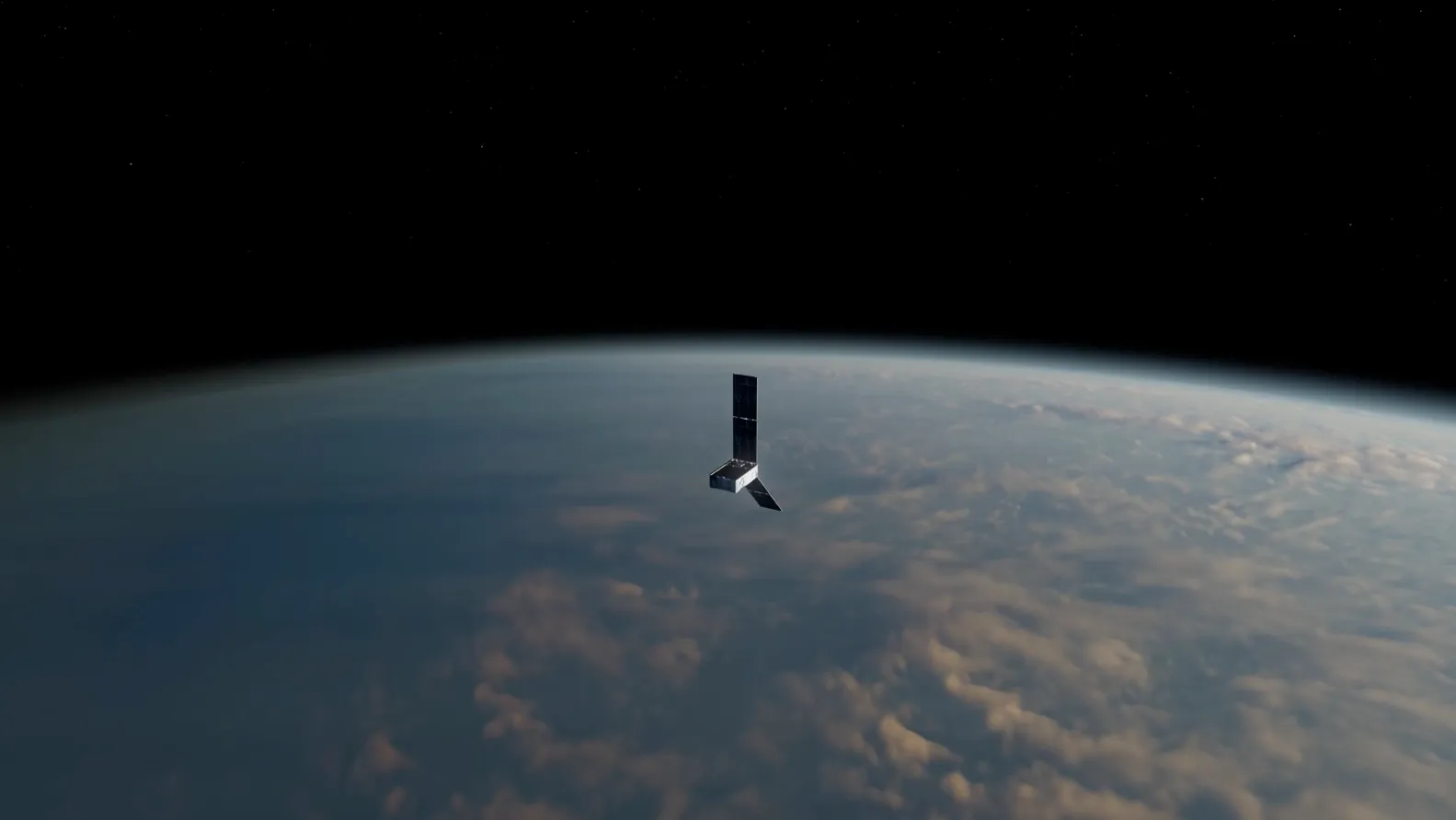NASA PREFIRE mission, polar satellites, CubeSats, Arctic heat emissions, Antarctic climate study, far-infrared radiation, climate models, polar ice melt, sea level rise, climate change research
Discover NASA’s PREFIRE mission, featuring twin CubeSats studying the heat emissions from Earth’s polar regions. Learn how this groundbreaking mission enhances our understanding of the Arctic and Antarctic’s climate dynamics and improves global climate models. Explore the innovative technology and collaborative efforts driving this essential climate research.

5 Things to Know About NASA PREFIRE Mission
NASA’s innovative mission, known as the Polar Radiant Energy in the Far-InfraRed Experiment (PREFIRE), involves the deployment of twin shoebox-sized climate satellites aimed at studying two of the most remote and critical regions on Earth: the Arctic and Antarctic. These small but powerful satellites will measure the amount of heat that our planet emits into space from these polar areas, providing crucial data to enhance our understanding of Earth’s energy balance and its impact on climate change. Here’s a deep dive into five key aspects of this groundbreaking mission.
1. Innovative Data Collection from the Arctic and Antarctic
The PREFIRE CubeSats are designed to gather unprecedented data on how Earth’s atmosphere and ice influence the amount of heat radiated into space from the polar regions. These CubeSats are equipped with sensors capable of detecting ten times more infrared wavelengths than any previous instrument. This capability will allow scientists to obtain detailed information on when and where the poles release heat into space, shedding light on why the Arctic has been warming at more than 2½ times the rate of the rest of the planet since the 1970s.
The CubeSats will fly over the poles, capturing data that will enhance our understanding of the complex interactions between Earth’s surface, atmosphere, and ice. This information is crucial for improving our climate models and predicting future changes in sea level, weather patterns, and ice coverage.
2. Focus on the Far-Infrared Spectrum
One of the most significant aspects of the PREFIRE mission is its focus on the far-infrared portion of the electromagnetic spectrum. While most of Earth’s heat emissions occur at infrared wavelengths between 4 and 100 micrometers, the far-infrared (longer than 15 micrometers) is particularly important in the cold polar regions, where 60% of the heat emissions occur at these wavelengths.
Historically, there has been a lack of data on how efficiently far-infrared heat is emitted by polar features like snow and sea ice, and how clouds affect the amount of this radiation that escapes into space. PREFIRE aims to fill this gap, providing scientists with a better understanding of the energy dynamics at play in these critical regions. This new knowledge will help refine climate models and improve predictions about the impacts of climate change.
3. Enhancing Climate Models with New Data
PREFIRE’s contributions will significantly enhance polar and global climate models. By providing detailed measurements of Earth’s energy budget, the mission will improve our understanding of what drives the loss of polar ice and related phenomena such as sea level rise. This will enable researchers to make more accurate predictions about future changes in the heat exchange between Earth and space and how these changes will affect ice sheet melting, atmospheric temperatures, and global weather patterns.
The data collected by PREFIRE will be made available to the public through NASA’s Atmospheric Science Data Center, ensuring that researchers around the world can access and utilize this valuable information to advance climate science.
4. Cost-Effective and Efficient Satellite Design
The PREFIRE CubeSats represent a cost-effective alternative to traditional full-size satellites. These small satellites utilize advances in spectrometry to measure key processes related to ice melt and formation, snow melt and accumulation, and changes in cloud cover. A single satellite that revisits the same region every few days can monitor seasonal changes, providing valuable data for climate models.
However, to capture shorter-time-scale phenomena, such as the effects of cloud cover on local temperatures, more frequent measurements are needed. This is where the twin CubeSats’ asynchronous near-polar orbits come into play. By passing over a given spot on Earth at different times and looking at the same area within hours of each other, the PREFIRE CubeSats can observe these rapid changes, providing a more comprehensive picture of the interactions between Earth’s surface and atmosphere.
5. Training the Next Generation of Climate Scientists
The PREFIRE mission is not only advancing climate science but also playing a crucial role in training the next generation of satellite climate scientists. Developed in collaboration with the University of Wisconsin-Madison and involving team members from the universities of Michigan and Colorado, the mission engages a diverse group of undergraduate and graduate students who form a significant portion of the science team.
This hands-on experience provides these students with valuable skills and knowledge, preparing them to contribute to future scientific endeavors. By involving young scientists in cutting-edge research, NASA is helping to ensure a robust pipeline of talent for addressing the pressing climate challenges of the future.
More About the Mission
NASA’s Jet Propulsion Laboratory (JPL) manages the PREFIRE mission for the agency’s Science Mission Directorate and provided the spectrometers used by the CubeSats. The CubeSats themselves were built by Blue Canyon Technologies, while the University of Wisconsin-Madison is responsible for processing the data collected by the instruments. The launch of the PREFIRE CubeSats will be conducted by Rocket Lab USA Inc. from their Launch Complex 1 in New Zealand.
In conclusion, the PREFIRE mission represents a significant leap forward in our ability to monitor and understand the polar regions’ role in Earth’s climate system. By providing detailed measurements of far-infrared radiation, the mission will fill critical gaps in our knowledge, leading to better climate models and more accurate predictions about the future of our planet. Moreover, by engaging and training the next generation of climate scientists, PREFIRE is ensuring that we will continue to make strides in understanding and addressing climate change in the years to come.
Read More-
